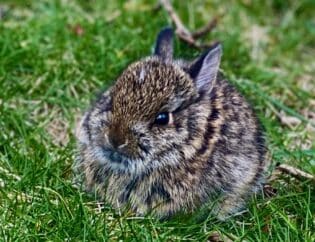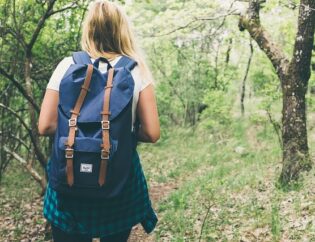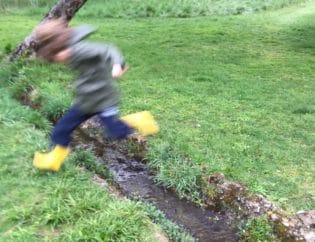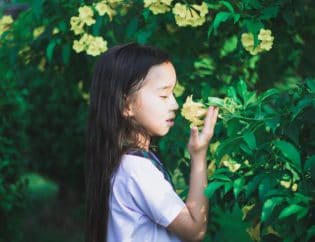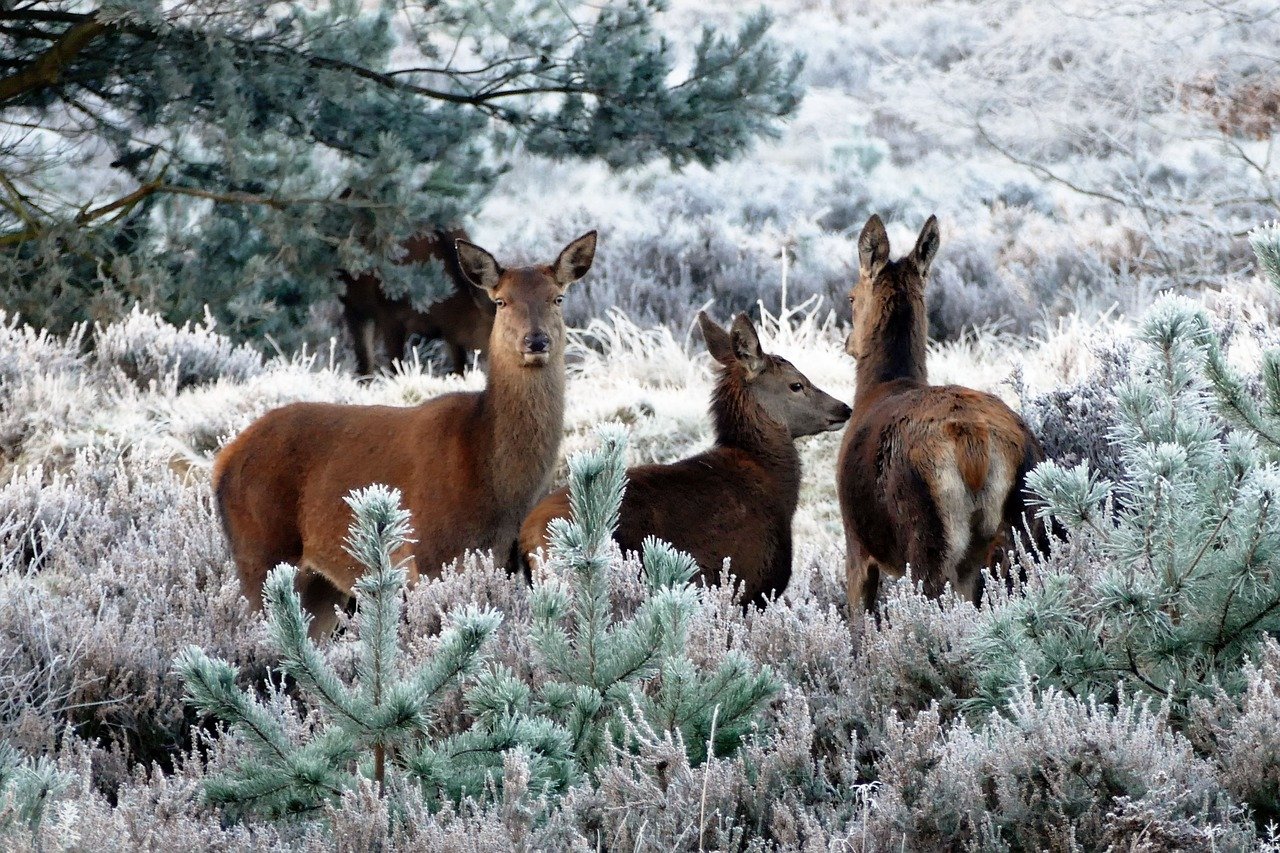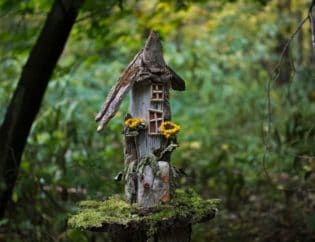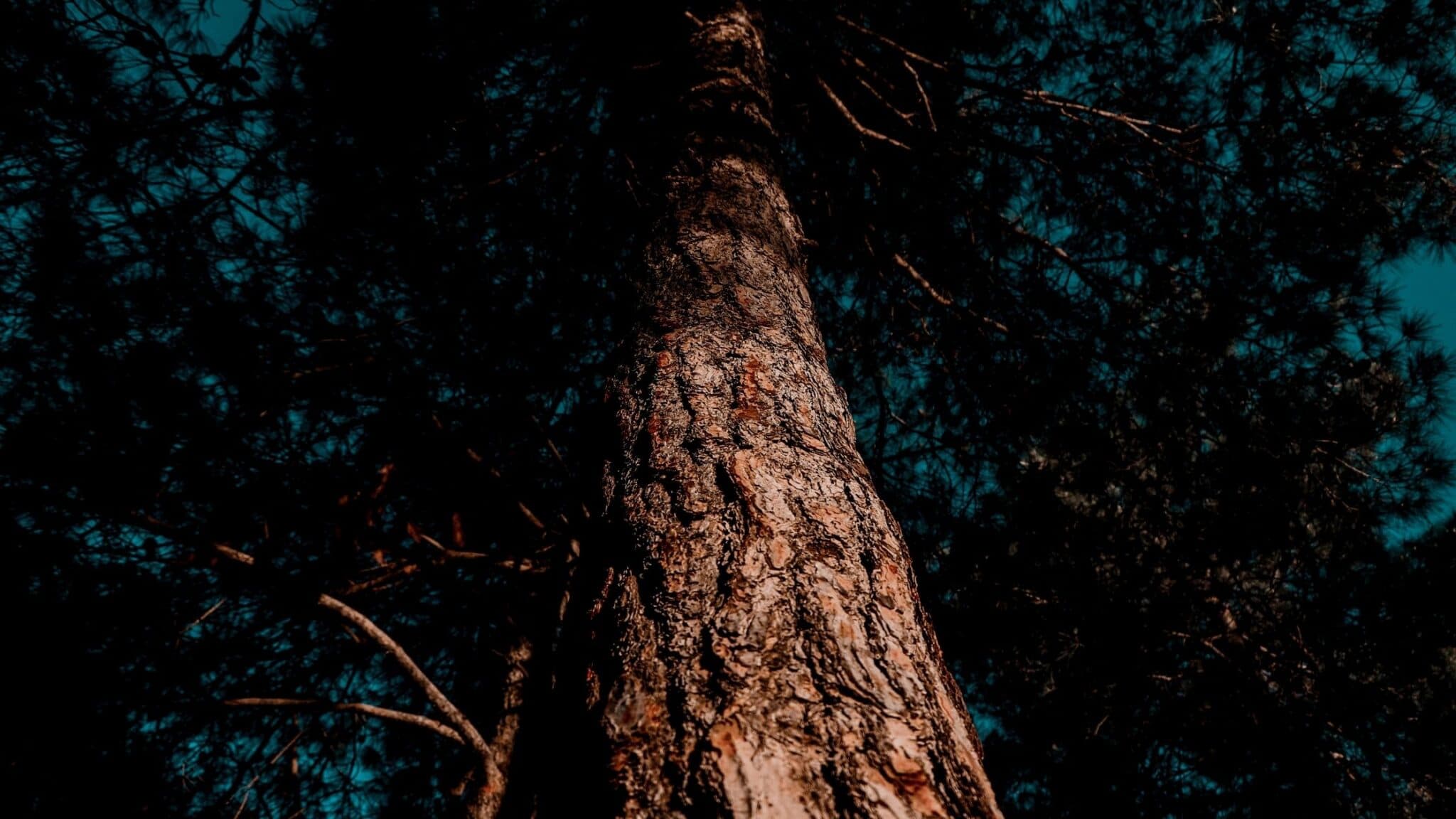
Our secret is out. WE LOVE TREES. Not just because they are one of the most important organisms on our planet, but because they are beautiful, unique and tell us so much about the natural world we are living among. Trees offer children (and adults) so much. But for the budding naturalist, they are a goldmine! Trees stay in one place but they are ever-changing. They are also year-round educators on the local ecosystem. So don't just walk past them with your kids. Learn what they are.
Learning to identify trees will help sharpen your child's naturalist skills. But it's not always so easy. Often it takes more than just one leaf or piece of bark to properly ID a tree. Some knowledge of the local environment helps as well as being able to identify an approximate age of a tree, height, width. And in the wintertime, it can be even more challenging with no leaves or flowers to go by!
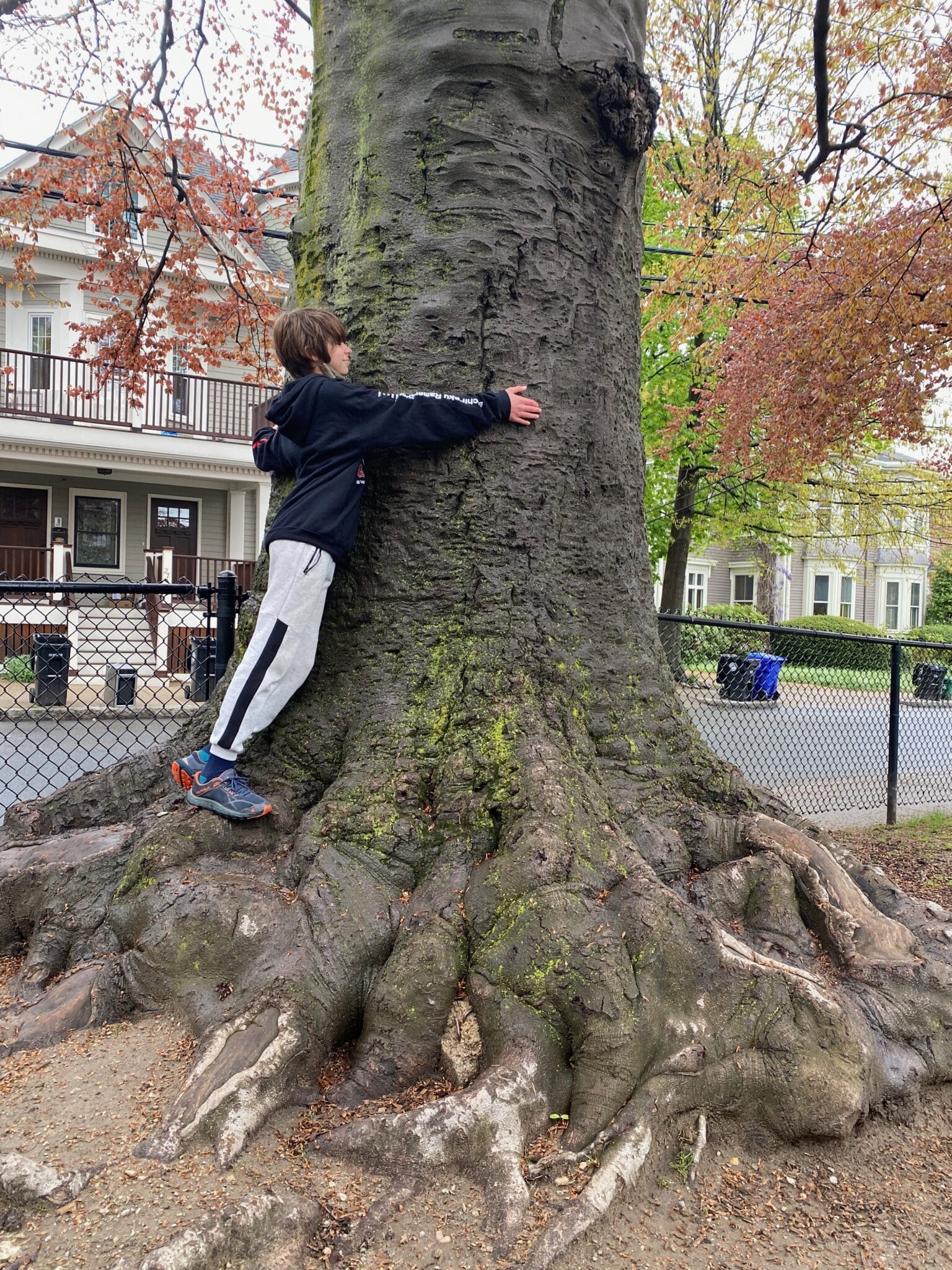
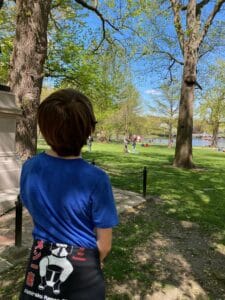
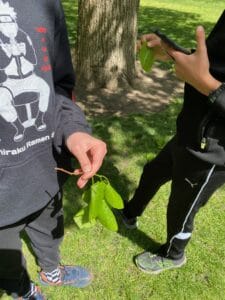
But, don't fear. Identifying trees with your kids, in many ways, is easier than birding for example. For one, trees stay put! They don’t move around. You can move around trees for the best angle, which means you will not be restricted to a challenging backlit view. You can get as close as you want. You don't have to be limited to 30-60 feet away.
Of course, in our tech-infused world, there are many apps to help identify species from our natural world. We've used some of the most popular apps from time to time, with mixed results So we decided to write a piece about our results after putting a few popular plant ID apps to the test. Please note that we have absolutely no affiliation with these or any apps. We're just a curious naturalist family, exploring how useful tech is as we learn more about the natural world!
Regardless of the app, here are some tips we think would be helpful:
Angles matter! Get the clearest, cleanest shot for the best results.
Keep the photo simple. Focus on individual features, one at a time, so the apps can recognize the features.
Take many different views: bark, leaves, seeds, fruit, whole tree, branches, surrounding area. Apps that allow more than one image are best!
Try different apps. You might get different results.
Verify the results later at home with trusty field guides and expert websites.
And now, let the tree ID begin!
Tree One
ID Location: Suburban park in Northeastern US
Time of Year: Late Spring
Apps used: PictureThis, PlantNet, PlantSnap, Seek
Photos submitted to apps:
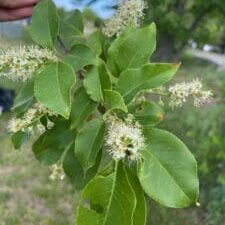
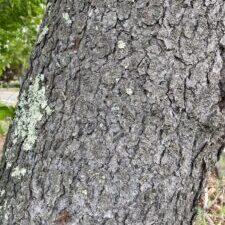
App Results
PictureThis
Results: Black Cherry
PlantNet
Results: Black Cherry
PlantSnap
Results: Black Cherry
Seek
Results: Black Cherry
Review of Results
Pretty good results from all apps tested. While Seek identified the photos as both Choke Cherry and Black Cherry initially, that was understandable as the species are easily confused. Both are found in parts of northern United States, where this tree was observed. The main differences you can observe is that the Black Cherry's leaves are a darker shade of green and the fruits are bigger. We had some pretty green leaves but no fruits yet. Luckily the biggest difference can be seen in the bark. Black Cherry bark looks like burnt corn flakes while the bark of the Choke Cherry is smooth and varies in color from reddish-brown to gray. Though sometimes, shallow, fine ridges on the tree trunk, running parallel to the length of the trunk.
So Black Cherry indeed! This makes us happy because Black Cherry offers nectar and pollen to native pollinators and honey bees, serving as the host plant for an amazing array of butterflies and moths. It is also excellent for coughs and other ailments. Black Cherry was used extensively by various Native American groups to treat a wide variety of ailments, including coughs, colds, ulcers, fevers, measles, and burns.
Tree Two
Location: Suburban park in Northeastern US
Time of Year: Late Spring
Apps used: PictureThis, PlantNet,Seek
Photos submitted to apps:

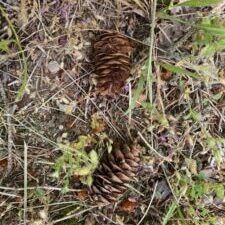
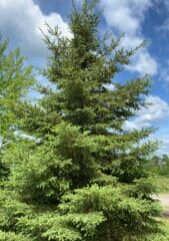
App Results
PictureThis
Results: White Spruce
PlantNet
Results: Norway or White Spruce
Seek
Results: Spruce
Review of Results
White Spruce it is! Seek got us to the Spruces category but the other two got us straight to White Spruce. We couldn't test out PlantSnap for this one because we ran out of free snaps!
Tree Three
Location: Suburban park in Northeastern US
Time of Year: Late Spring
Apps used: PictureThis, PlantNet, PlantSnap, Seek
Photos submitted to apps:
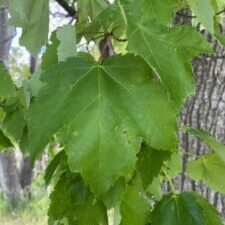
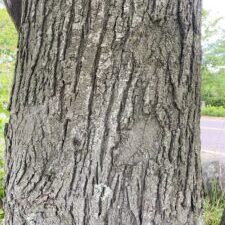
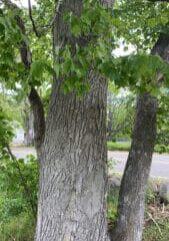
App Results
PictureThis
Results: Red Maple
PlantNet
Results: Red Maple
PlantSnap
Results: Douglas Maple
Seek
Results: Maple
Review of Results
Both PlantNet and PictureThis identified this tree as a Red Maple. PlantSnap guessed Douglas Maple. Seek just gave us "Maples." We did some digging an learned that geography and size of the tree both help make a clean ID. Red Maple is about twice the height and crown spread as Douglas Maple. Our tree was not quite as tall as a large Red Maple but we didn't take many photos of the size of the tree from a distance (lesson for next time!) Our guess is that it is young and so not fully grown. The give-away is the region. The Red Maple is one of the most common and widespread maples in North America and quite common in the NorthEastern US. Red Maple is one of the most common and widespread maples in North America. Whereas the Douglas Maple is more common in the western part of the US. So, our guess is Red Maple. But here's some great info on identifying Red Maples!
Tree Four
Location: Suburban park in Northeastern US
Time of Year: Late Spring
Apps used: PlantNet; PlantSnap; PictureThs; Seek
Photos submitted to apps:
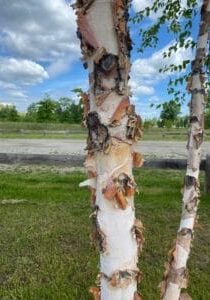
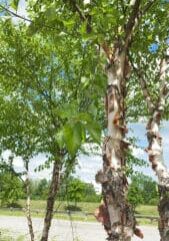
App Results
PictureThis
Results: River Birch
PlantNet
Results: River Birch
PlantSnap
Results: Bristlecone Pine
Seek
Results: River Birch
Review of Results
Birch trees are known for their peeling layers of bark, so birch seemed pretty obvious to us. The photo did throw off PlantSnap for some reason. As far as the species, all three apps confidently ID'd the tree as a River Birch. River Birch trees have flaky bark that peels and curls from the tree trunk. The bark starts pink, smooth, and shiny. As the birch tree matures, the bark becomes reddish-brown and peels, revealing orangey flakes of bark.
Tree Five
Location:Suburban park in Northeastern US
Time of Year: Late Spring
Apps used: PlantNet; PlantSnap; PictureThs; Seek
Photos submitted to apps:
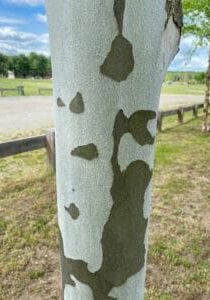
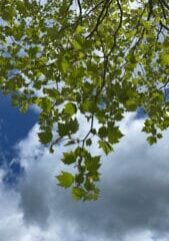
App Results
PictureThis
Results: American Sycamore
PlantNet
Results: American Sycamore
PlantSnap
Results: Sausage Tree
Seek
Results: Plane Tree
Review of Results
PictureThis and PlantNet got this American Sycamore identified with little trouble. But the photos were a challenge for PlantSnap, which gave us the guess of Sausage Tree. Seek couldn't get to the species level, though it did get us to the genus level, correctly identifying the genus as Planes.
A word on the apps...
PictureThis
This app gave great results but note that it is intended for the gardener. The information it provides on a species includes best soil conditions and the need for sunlight. Still, quite easy to use and accurate as well. Love that it also helps you diagnose a plant's problems.
PlantNet
Perhaps our favorite to use because it allows you to use a photo you have just taken or one from the gallery. Also, you can ID using multiple photos, categorizing them as leaf, flower, fruit, bark, habitat or other. This is excellent for making an accurate ID!
PlantSnap
Easy to use. You can take a photo in the moment or use one from your gallery. You can also crop for an optimal shot. Really appreciated the abundant amount of information to learn of each species. We did find that we were limited in "snaps" and prompted to watch an ad or pay for more.
Seek
This might be the the most popular of the apps we tried. Seek is very easy to use and allows you to take a photo in the moment or use one from your gallery. Seek most often gave back general guesses at species ID but at least it moved you further along.


